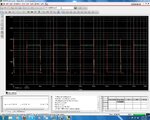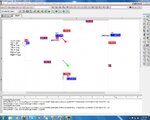goldsmith
Advanced Member level 6

- Joined
- Dec 14, 2010
- Messages
- 3,981
- Helped
- 741
- Reputation
- 1,486
- Reaction score
- 726
- Trophy points
- 1,413
- Location
- Tehran - IRAN
- Activity points
- 24,546
Quite right .
so can you tell me if we need 10 volt in out put , how much should be the value of D.C ?
- - - Updated - - -
10 volts as average .
so can you tell me if we need 10 volt in out put , how much should be the value of D.C ?
- - - Updated - - -
10 volts as average .



